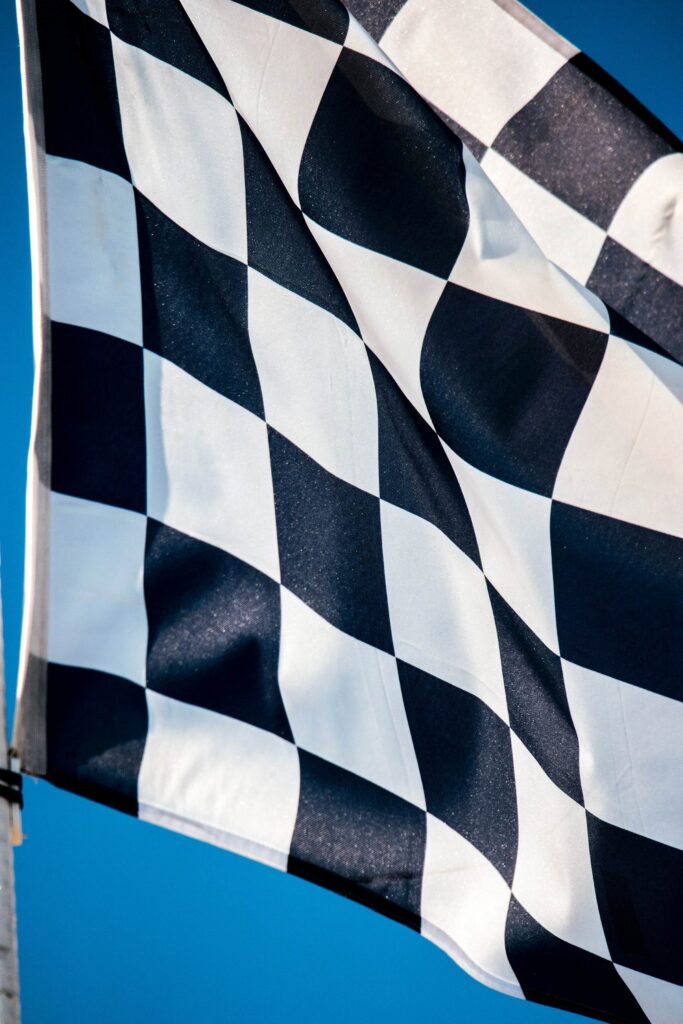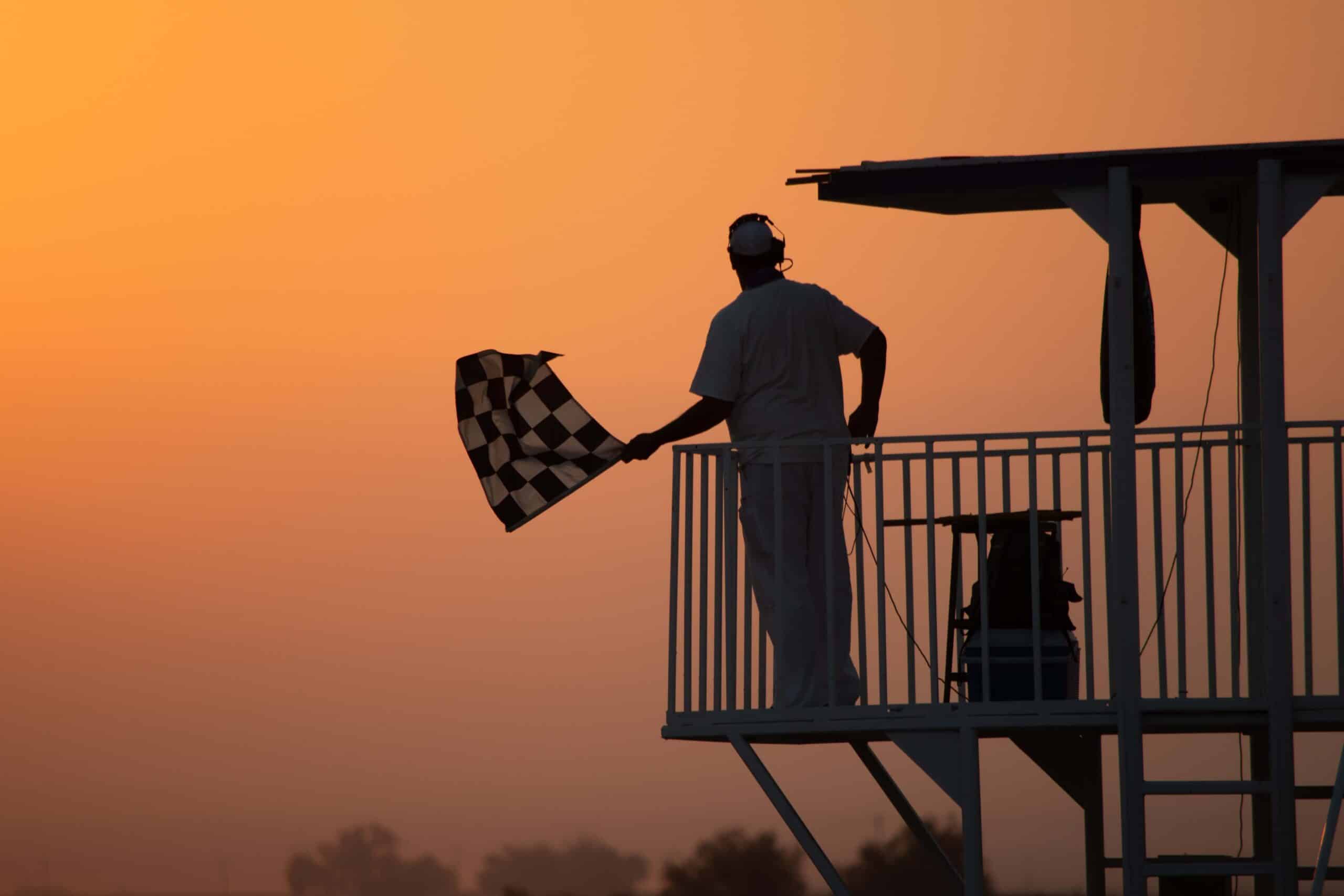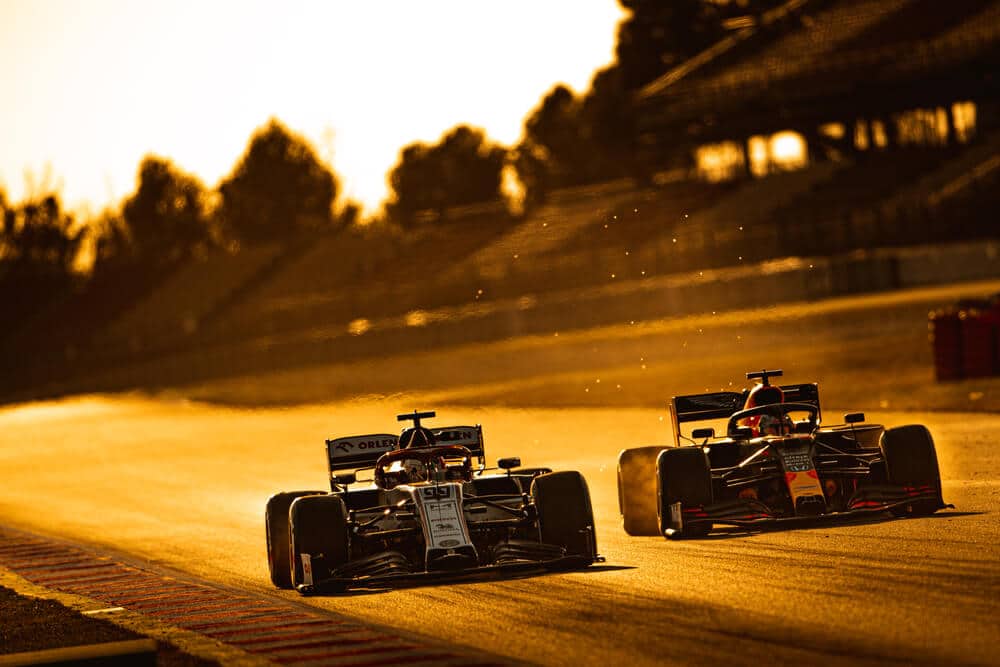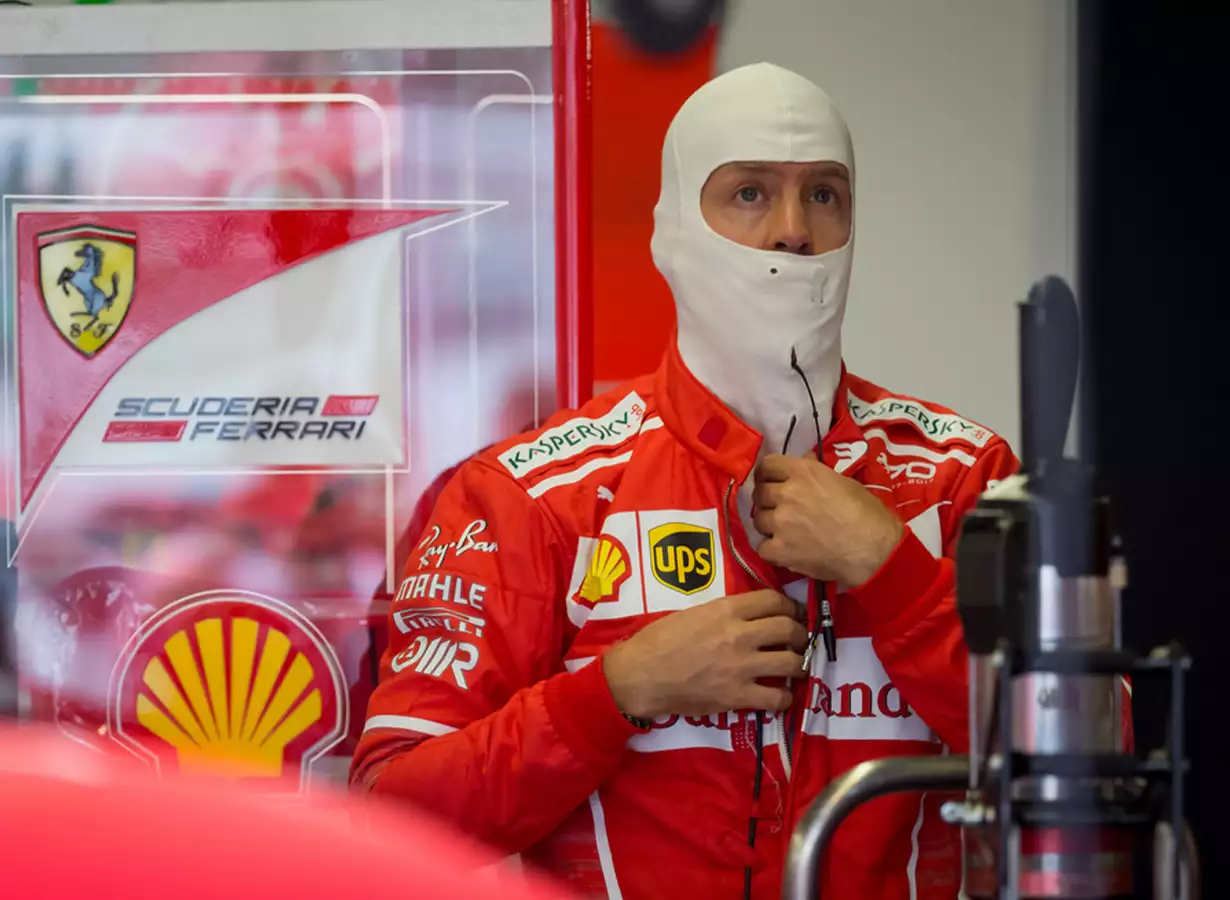Are you a fan of Formula 1? If so, you’re likely familiar with the checkered flag. But do you know what it means and why it’s used?
In this article, we’ll explain everything you need to know about the checkered flag in Formula 1 racing.
We’ll cover its history and how it’s used in races. Plus, we’ll share some important information about the flag that even die-hard fans may not know.
So read on to learn more!
Table of Contents
Video showing meaning of checkered flag and more.
What does a Checkered flag mean in F1?
The checkered flag is the traditional signal that a race has ended. Once all of the cars have crossed the finish line, the flag is waved to indicate that the race is over and that the results are official. The checkered flag is also used to signal the end of practice and qualifying sessions.
Despite its simple appearance, the checkered flag means a lot to drivers. As soon as the final lap has been completed, someone will wave the checkered flag from the starter’s post.
The checkered flag is typically waved by the starter or race director, who is located in a tower at the start/finish line. In some cases, the flag may be waved by a celebrity or dignitary. Among the notables to wave the chequered flag in F1 are football stars Pele and David Beckham and tennis star Serena Williams.
Key takeaways
- The checkered flag is a traditional symbol in motorsport that signals the end of a race.
- In Formula 1, the checkered flag is shown at the finish line by the race marshals to signal the end of the race.
- Most often, it is waved by FIA officials, but some notable celebrities have also done so in the past.
- The checkered flag is also used to signal the end of practice and qualifying sessions.

Photo showing a checkered flag.
Understanding checkered flag
Now that we know the basics of what a checkered flag means, let’s take a closer look at its history and how it’s used in Formula 1 racing.
History of the Checkered Flag
The checkered flag has been used in motorsport since the early days of racing. One of the earliest recorded uses of the flag was at a bicycle race. The flag was originally used as a way to indicate to drivers that they had completed the race.
The checkered flag soon became a staple in auto racing, and it has been used at the Indianapolis 500 since 1911. In Formula 1, the flag was first used at the 1950 British Grand Prix. Since then, it has been a fixture at every Formula 1 race.
How is the Checkered Flag Used in Formula 1?
As we mentioned earlier, the checkered flag is shown at the finish line by race marshals to signify the end of the race. After all cars have crossed the finish line, the flag is waved and the results are announced.
When the checkered flag is shown, the drivers must slow down and maintain their position on the track. They are not allowed to pass any other cars until they reach the pit lane. Once they have reached the pit lane, they can proceed to their team’s garage area.
The flag is also a source of pride for the winning driver and team. When a driver crosses the finish line and sees the checkered flag, it is a moment that they will always remember.
What happens when it goes wrong?
In some cases, the checkered flag may be shown prematurely. This can happen if the race director misjudges the number of laps or if there is a problem with the timing system.
Sometimes the checkered flag can go wrong despite all the data in F1. In 2002, Pele failed to wave it for Michael Schumacher at the Brazilian Grand Prix, although Schumacher’s win was unaffected.
Moreover, checkeref flags were also waved one lap early in the 2014 Chinese Grand Prix, the 2018 Canadian Grand Prix, and the 2019 Japanese Grand Prix.
The checkered flag is only used once during a race. It is shown at the finish line to signal the end of the race.
Frequently asked questions about Checkered Flag
How many different flags is there in F1?
How many times is checkered flag used in one race?
Different types of racing flags in Formula 1
Except for the checkered flag, there are several other colors that may be shown during a Formula One race. Here is a quick overview of some of the other flags that you may see. There is also an unusual black flag in Formula 1.
1. Red flag
This indicates that the race has been stopped due to an accident or other safety concerns. All drivers must stop racing and return to the pit lane.
2. Yellow flag
A yellow flag is shown when there is a danger on the track. This may be due to an accident, debris, or bad weather. Drivers must slow down and be prepared to stop if necessary when they see a yellow flag.
3. Green flag
The green flag is shown at the start of the race and after any safety car periods. This indicates that the track is clear and that drivers can race at full speed.
4. Blue flag
A blue flag in F1 indicates that a driver needs to allow the car behind them to overtake. The driver must then move out of the way and allow the faster car to overtake.
Conclusion
The checkered flag is an important part of Formula One racing. It is shown at the finish line to signal the end of the race. Drivers must slow down and maintain their position on the track when they see the checkered flag.
The flag is also a source of pride for the winning driver and team. If you’re ever watching a Formula One race, be sure to keep an eye out for the checkered flag!
Article sources
Learn more about Formula One
Want to learn more about F1? Then visit our Formula 1 glossary and dictionary.




